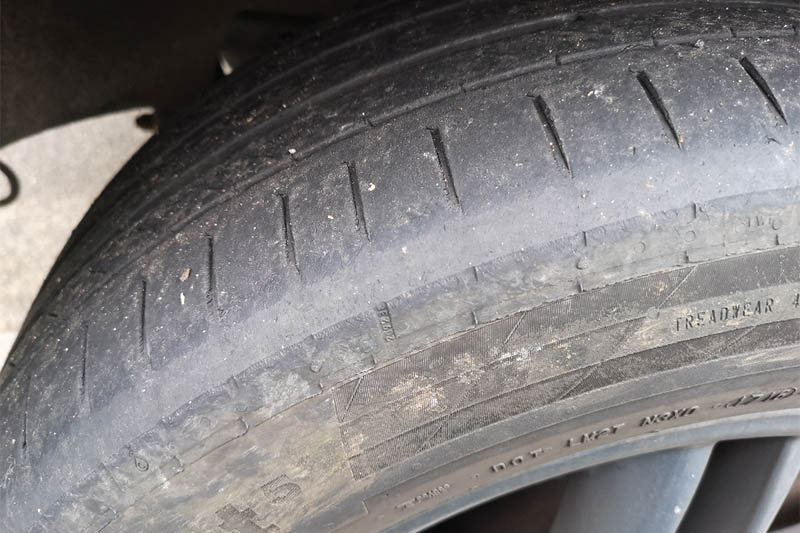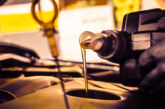Understanding suspension bush failures

Suspension bushes may be small components, but their impact on vehicle performance, safety and ride quality is immense, according to Polybush’s Ellis Blackman. He claims that understanding common suspension bush failures, identifying the most frequently replaced parts and optimising stock levels can significantly improve customer satisfaction and profitability. Here, in the first part of his two-part article, he highlights failure trends and why he thinks Polybush’s polyurethane bushes are a solution.
Suspension bushes are critical connectors between suspension components, including control arms, anti-roll bars and subframes. They absorb vibrations, reduce noise and provide stability by allowing controlled movement. However, their constant exposure to road contaminants, extreme temperatures and mechanical stress makes them prone to wear and failure.
You probably deal with customers looking for replacement bushes due to premature wear frequently. The following are the most common causes of failure:
Deterioration and perishing of rubber:
Rubber suspension bushes degrade over time due to exposure to oils, road salt, and UV light. This leads to hardening, cracking and loss of elasticity, resulting in excessive movement and increased wear on other suspension components.
Compression set and deformation:
Factory-fitted rubber bushes can suffer from compression set, meaning they lose their shape and become ineffective at controlling suspension movement. This results in vague steering response, instability and excessive tyre wear.
Tearing under load:
High-torque applications, heavy loads and aggressive driving styles cause rubber bushes to tear. Once torn, they allow metal-on-metal contact, leading to clunking noises and potential suspension damage.
Hydraulic bush failure:
Many modern vehicles use fluid-filled hydraulic bushes designed to improve ride comfort, but these bushes are prone to leaks and failure, especially in colder areas where internal fluid expansion and contraction accelerate wear.
Vehicle-specific trends:
Some vehicles are notorious for premature bush failure:
- Ford Transit (V362 2012-on): Rear leaf spring and front lower wishbone bushes.
- Nissan Juke, Qashqai: Rear suspension arm and front lower wishbone bushes, particularly the front lower arm rear bush.
- VAG vehicles: Front wishbone rear bushes – across all models.
- Mazda MX-5 (ND 2015-ON): Rear hub bushes
Is Polybush polyurethane the solution?
Polybush provides a solution to the limitations of rubber. Polyurethane maintains its integrity under load, resists chemical degradation and offers performance characteristics.
In part two, Ellis will deep-dive into polyurethane and why Polybush is supremely confident of its solution. Also, Ellis will share some stock recommendations.





![Exploring the potential of ZF [pro]Diagnostics](https://pmfmag.co.uk/wp-content/uploads/2025/11/zf-pro-diagnostics-main--165x109.jpg)


